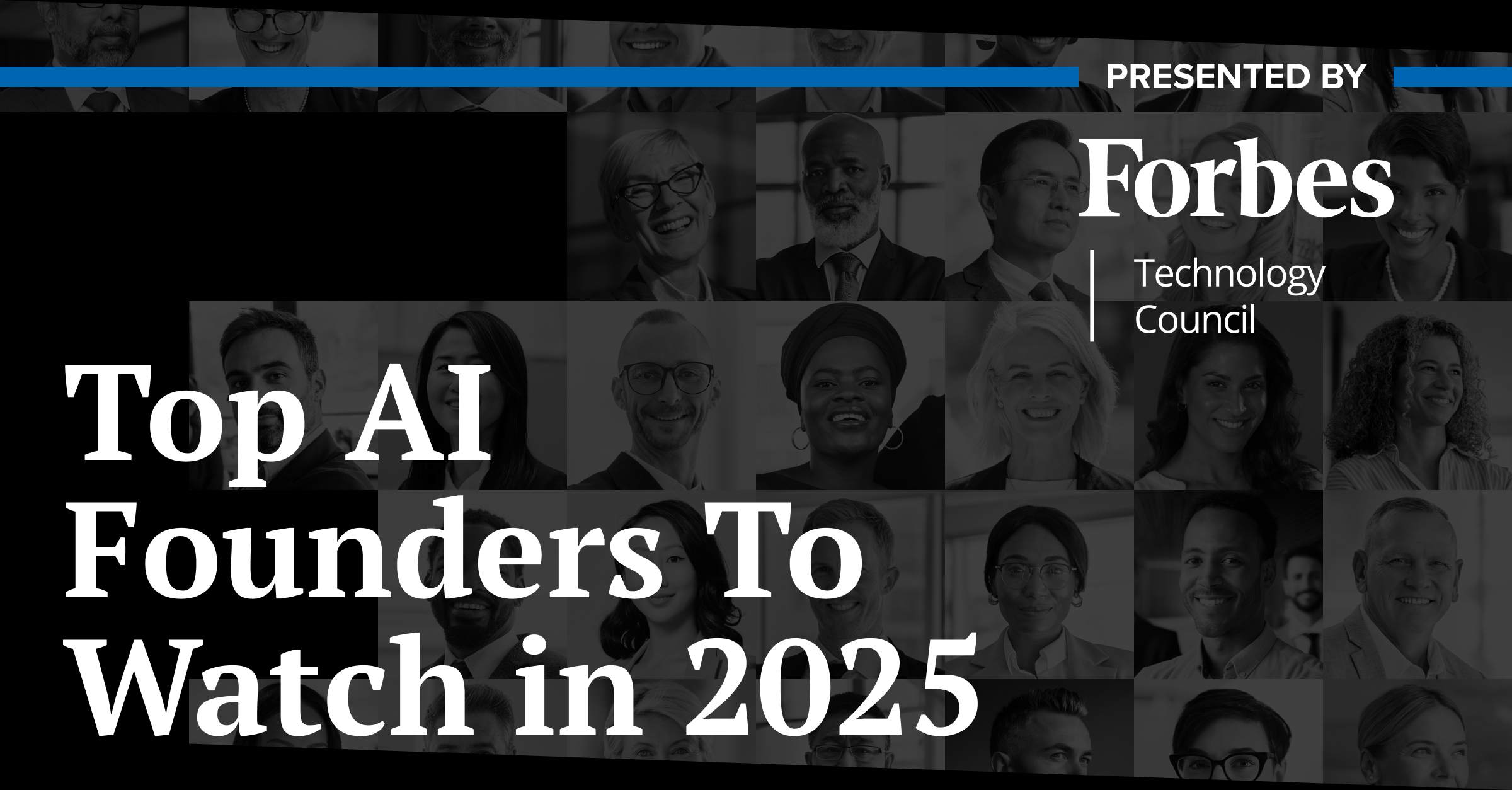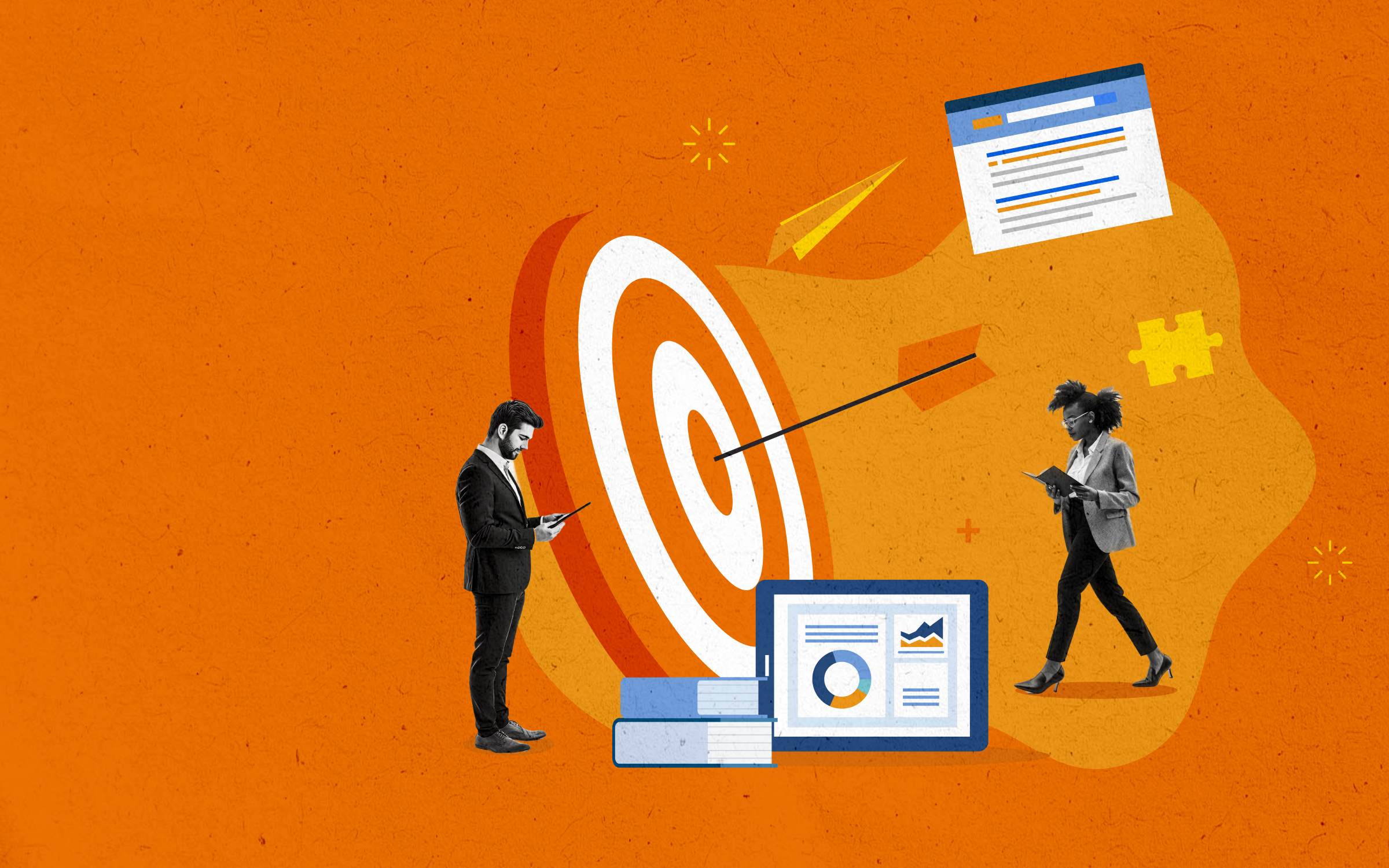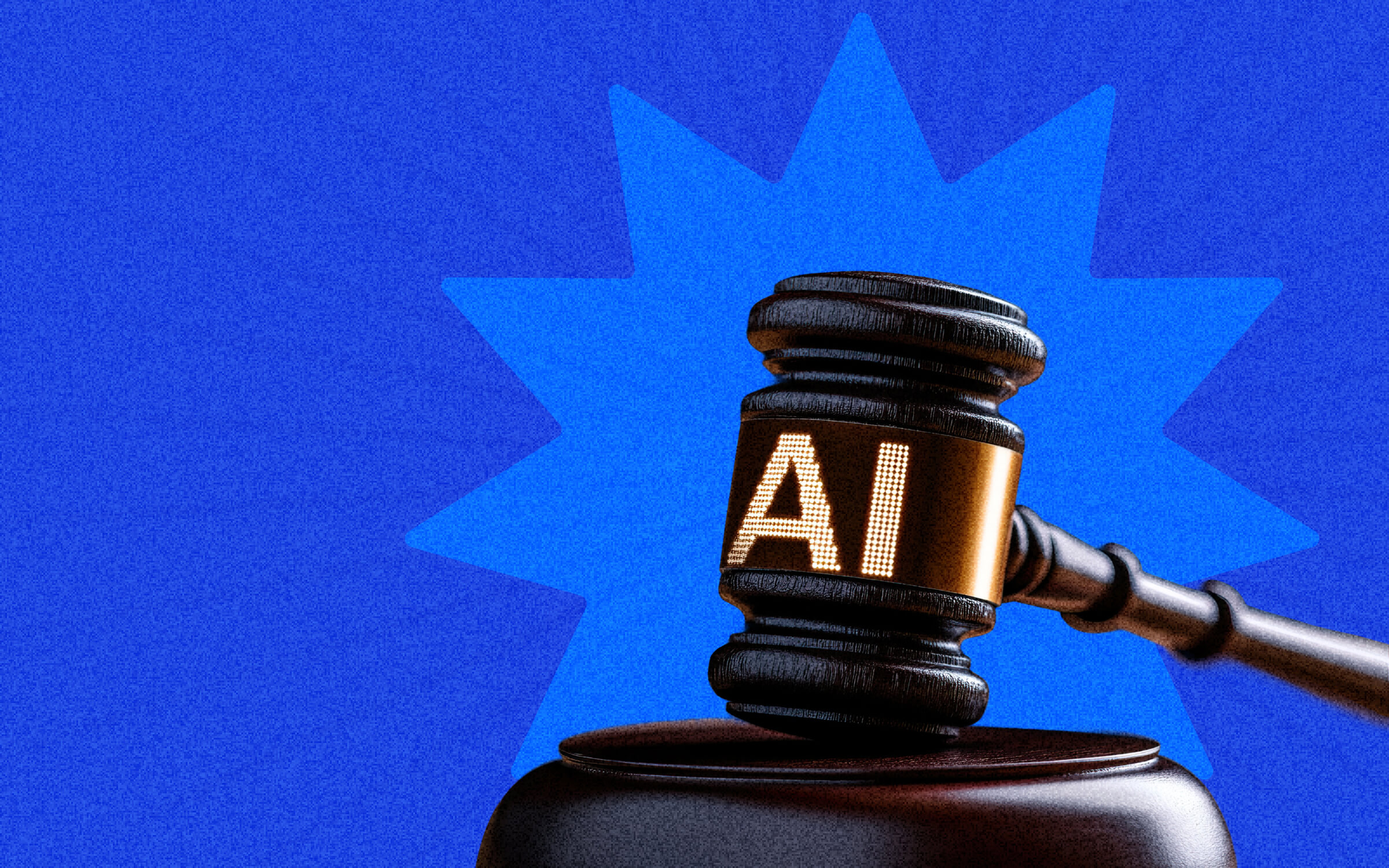OK, maybe you won’t quit, or maybe not this year. But the average tenure of chief diversity officers (CDOs) these days is just 1.8 years, according to a Russell Reynolds Associates analysis of S&P 500 CDOs, so odds are high you might change your mind.
Senior Executive DEI continues to speak to both budding and veteran CDOs to understand why so many DEI leaders don’t last. Here are the issues we’ve heard highlighted recently. Some CDOs also shared what companies can do to support their DEI practitioners and how you can avoid some of these predicaments.
1. There are plenty of opportunities at other organizations
According to LinkedIn’s analysis of C-suite hiring patterns, chief diversity and inclusion officers saw a 168.9% increase in hires from 2019 to 2021. Although hiring declined by 4.5% in 2022, 78% of respondents in the Korn Ferry Survey of Professionals said CDOs were more important in 2022 than in the summer of 2020. Diversity leaders have abundant opportunities to jump ship to organizations that are more dedicated and better equipped to support DEI initiatives.
2. Your organization isn’t integrating diversity and inclusion into its business strategy
Before a company hires a CDO, the C-suite, management, and board of directors should know exactly why they’re making DEI a priority and identify where and how the organization will incorporate the discipline into its overall strategy.
Deb Grimes worked at UAB Health System for nearly 30 years, and on its diversity initiatives for three years, before she joined Ochsner Health as its chief diversity officer in January 2021. Although she loved the work she was doing and the progress they were making at UAB, the time came when they needed more resources.
“Everything that I was trying to convince UAB to do and to put the resources to … and to do all of the things to shift the culture — how could Ocshner know to do this and they haven’t had a leader?“ says Grimes.
Ochsner Health knew what to do because its leaders had spent five years understanding the organization’s diversity issues and how to address them before they hired Grimes.
“Not having to come in, create the vision and then advocate for what you know to convince all of these people — that’s huge. What you then do is listen to people. You get the resources, and you create a five-year strategy with goals that you measure. You’re transparent about things that work and things that don’t work,” says Grimes.
Without putting the weight of diversity, equity, inclusion, and belonging on one person, it becomes a team effort. “Then the desire of the people will be so strong, it will create a synergy; it will say, We have to connect this with having a leader to actually then father the foundation,’ but the foundation should be built between the employees and the leadership without necessarily having a CDO,” says Grimes.
Using your interview as a two-way street to understand where an organization stands on its commitment to DEI is one way to ensure dedication is there from the beginning. It’s also an opportunity to check whether your values align with the company’s.
Ian Lee Brown, Duke Health’s vice president and chief diversity and belonging officer since June 2022 and a member of the Senior Executive DEI Think Tank, was drawn to the organization during the interview process because the organization allowed people to speak up and could communicate effectively. “Those things were really important to me in terms of the work, the culture that’s here, and the continued drive to look at how we can get better at the work that we’re doing, and how we can continually transform the culture so it’s better for all of us who are in it. I wanted a place that’s seeking to become better on a day-to-day basis, and that’s what I found.”
3. Your resources are inadequate
Diversity leaders cannot effect change alone. CDOs need a budget that allows them to build out employee resource groups, hire employees to collect and analyze data, and create partnerships with professional organizations.
“The challenge that a lot of CDOs have is access to activation,“ says Carolyn Tandy, the senior vice president, and chief diversity and inclusion officer at Humana since July 2021. “A lot of this work, in our eyes, we can easily see what needs to happen, right? But is the business leader who’s responsible for that full P&L (profit and loss) seeing that as being part of the business purpose?“
At Unispace, although chief diversity officer Chely Wright is one of two on her DEI team, she says leadership “really understands the importance of committing resources to this work.” She has “a robust budget that stands up against those that I’ve seen at other companies 10 times our size.” With it, the organization focuses on three initiatives: 1. Funding two ERGs, Women@Unispace and Parents & Caregivers@Unispace, 2. Partnering with several DEI professional organizations, including Disability:In and WeConnect, and 3. Backing Unispace’s projects, including Art for Impact, a joint effort with Orrick law firm in Los Angeles to hire local artists highlighting local nonprofits’ work.
4. The C-suite has unrealistic expectations for DEI progress
Real cultural change requires time, in addition to money. Academic James L. Heskett’s research shows “there is a perception that organizational culture change takes a long time, longer than the tenure of a leader, longer than the attention span of the organization—so long that other high priority initiatives by necessity will distract the organization from completing the effort.“ Organizations that treat diversity objectives with the same timeline as financial ones, for example, will see better results and a happier CDO.
“How long would it take to change your procurement strategy? How long would it take to change your people strategy? How long would it take to change your real estate portfolio? It takes a while. So I think there are high expectations about what a CDO can do,” Wright says.
To engage her fellow leaders in setting expectations for DEI progress, Tandy relies on the insurance company’s scorecard and Power BI, a software program that visualizes data, in collaboration with scorecards and metrics. For example, Tandy’s team is tracking executive turnover and total new hires to analyze how many women and Black, Indigenous, and People of Color (BIPOC) are hired as leads, associate directors, directors, and above. Senior leaders are then provided monthly reports to track their progress while the rest of the team is given quarterly updates.
“We’re using the same technological tools our finance team is using to communicate our outcomes in DEI, and it makes a difference. Leaders do not like to fail in anything. They like to be able to see those numbers move, like, ‘OK, well, wait a minute, what’s going on over here? Let me go and dig deeper.’ We’re just building that muscle and that acumen for them to know that this is really about their business outcomes, in addition to all the ways it impacts the associate experience,” says Tandy.
5. Your fellow C-level executives aren’t engaged with diversity initiatives
For a CDO to feel motivated, they have to feel supported, meaning C-suite members are sponsoring ERGs, attending DEI workshops, and leading difficult conversations that drive the diversity mission. The work doesn’t end when a CDO is hired.
“I work in partnership with other members of the C-suite, and I think that’s why our [diversity] initiatives are getting the traction they are. I trust them, and they trust me. They call upon me daily. Our work streams intersect every day,” Wright says. “I’m at home at this table, and I think that’s what’s really important. I’m part of the function of the business at [the C-suite] level. That’s key.”
Build trust with C-suite and management from the start by having honest conversations. Relay your goals and strategies for changing company culture. Show them how diversity helps the bottom line. Remind them that not everything will work but you’re on this journey together and answer any questions they have.
“It’s important to make sure you’re able to walk that walk with your leader and that you feel sponsored by that leader. Don’t let that leader sit on the sidelines, saying, ‘Go have it. You take care of those folks and tell me what happens.’ That’s truly performative, and you will get worn out quickly,” says Tandy.
Duke Health is taking leaders’ commitment a step further by requiring inclusive leadership training. “It’s going to be really exciting putting our 2,200 leaders through inclusive leadership, which will look at self-awareness, which will look like vulnerability, talking with our leaders about things like that, talking with our leaders about empathy, compassion, curiosity, accountability, and all the pieces that will ultimately lead to an even better place for all of us to work,” says Brown.
6. Your company’s commitment to DEI fluctuates
In a Monster study, 40% of recruiters said workers ask about their potential employers’ DEI efforts “more than ever,” but 11% percent of employers said DEI programs “are among the first to go when they are forced to cut costs.”
In 2016, former Twitter CEO Jack Dorsey vowed to make his company more inclusive during an interview with CODE2040 founder Laura Weidman Powers. A year later, in 2017, more than 2,400 CEOs signed the CEO Action for Diversity and Inclusion pledge claiming diversity and inclusion are priorities. Companies doubled down on this commitment following the George Floyd protests in 2020. It appeared DEI was top of mind for many organizations’ leaders.
Fast forward to 2023. With the threat of a recession looming like a storm cloud over the economy, some companies, especially in tech, have already started reducing their diversity teams. Twitter’s DEI team drops from 30 to two employees, and its ERGS are completely dissolved. On LinkedIn, a former Lyft employee shares that she, along with most of the diversity and inclusion team, was cut. Similar layoffs occurred at Salesforce, Meta, and Amazon. Companies that were all in just two years ago are backing away from their DEI commitments, forcing DEI leaders to pursue new opportunities.
7. You’re burned out
In DEI, the finish line is always moving forward, isn’t it? “You have to be able to play a long game internally, within yourself,” Wright says. “I often say that diversity, equity, and inclusion work is half-frustration, half-inspiration. At the end of the day, you have to let the frustration go, put your head on the pillow at night, and focus on what you were able to get done.”
Despite the hardships that may come along with change-making at the corporate level, every CDO has unique ways they feel fulfilled at the end of the day.
Wright shares that she asks herself two questions: “Was I a student, and was I a teacher? Those are my best days — when I feel fully realized sharing what I learned and learning what I don’t,” Wright says. “Any executive whether they’re the CDO or not, ask yourself the question at the end of the day, ‘Did I learn something and did I teach something? That’s a good day.”






